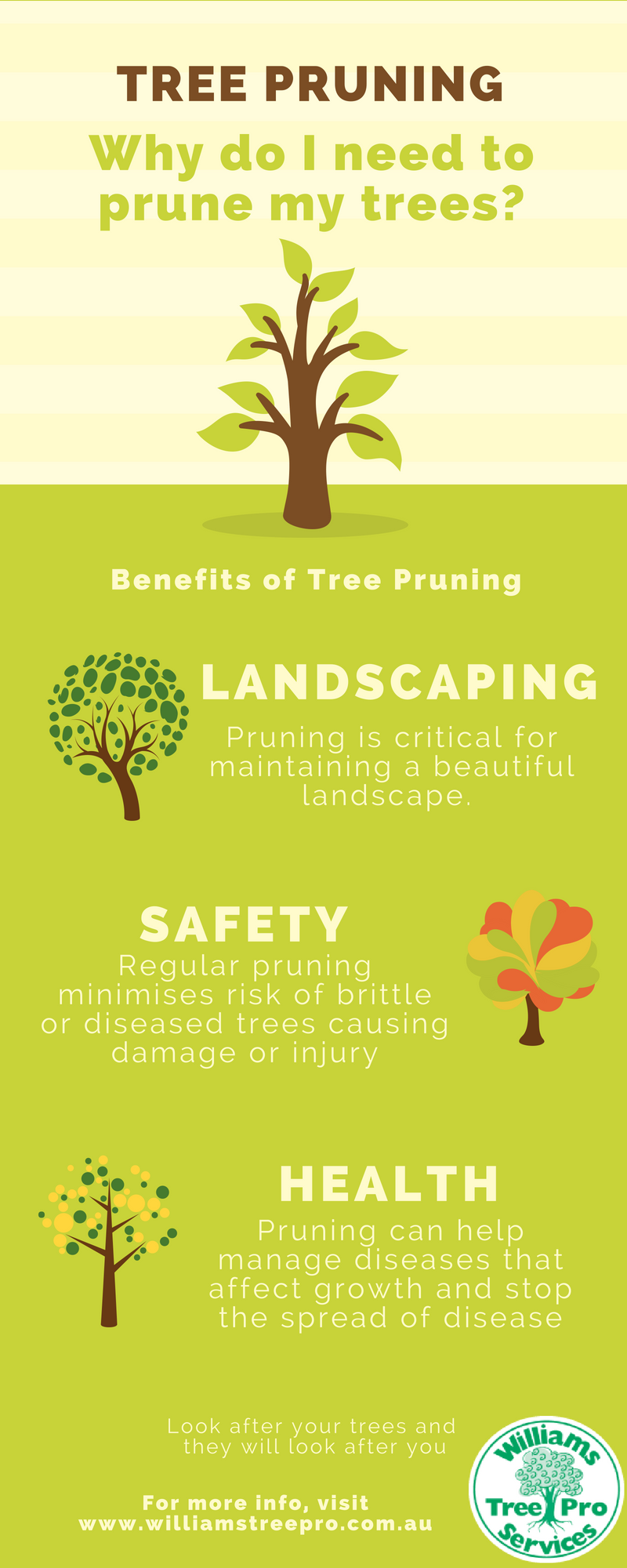Determining The Correct Time For Tree Elimination - A Guide For Homeowners
Determining The Correct Time For Tree Elimination - A Guide For Homeowners
Blog Article
Posted By-Churchill Abrahamsen
Trees include beauty and worth to property, yet they can additionally position a threat during severe weather events. If a tree has quit expanding, is showing visible fungal development, or has a leaning trunk, it must be eliminated by a specialist to avoid building damage and injury.
To get more information, participate in a home owner source reasonable co-hosted by HPD, the Center for NYC Neighborhoods, and Brooklyn-based housing partners this night in Bedford-Stuyvesant. The occasion will feature the Property owner Handbook, a new overview to help homeowners navigate the duties of possessing a home.
1. Dead or Dying Branches
Trees are an essential part of your home's landscape, offering color and charm. They likewise supply sanctuary for wildlife and create oxygen, however even healthy trees can experience health issue that might necessitate their removal. https://treegrowingfromstump17394.blogunok.com/29582559/why-it-s-important-to-use-a-licensed-arborist-for-tree-removal or passing away trees aren't simply unattractive, they can be dangerous. Their branches might fall throughout a storm, resulting in pricey home damage and injuries.
When a tree's branches begin to die, it means that its framework is starting to break down. If most of its branches are dead, it is likely time to remove it.
Look for a lack of new growth, bark peeling, open injuries or tooth cavities, fungis expanding on the trunk or roots and a basic look of decay in the whole canopy. These indications of infection can suggest a major problem that will certainly need professional tree services to resolve.
2. Leaning Trunk
While it's regular for trees to lean periodically as a result of phototropism, if a tree has a harmful or serious lean that's not because of natural processes - maybe a sign that the tree needs to be gotten rid of. If the tree is leaning toward a power line, home, car, play framework or any other location that could be harmful to individuals if it falls, then getting in touch with an expert tree service for removal need to be a top priority.
It's also important to watch for any kind of sudden changes in a tree's leaning as it can show damages to the origins or trunk that might cause falling. This is especially true during stormy weather, since high winds and rain-soaked soil can trigger a lean to transform rapidly. Normal surveillance, especially during and after tornados can help property owners recognize prospective problems with their trees so they can call an arborist for an extensive analysis.
3. Pest Infestation
Some pest invasions, such as wood-boring insects like emerald ash borer or sap-suckers like scale bugs, are so serious that they can trigger a tree to die. https://rowanxslgz.qodsblog.com/29376010/maintaining-your-assets-via-strategic-tree-management to prevent pest problem is to check your trees often. Seek spots, openings, or discolorations in the fallen leaves and bark. Take a look at the trunk for fractures and indicators of insect damage, such as tunnels or tracks.
If a tree comes to be too plagued with insects, or is close to a home or high-voltage line, an arborist may suggest removal. If a leaning tree creates a new, unsteady lean, an arborist will likely advise removal too to ensure the security of people and property. If a weakened or dead tree constantly drops extreme branches, it is an indicator that it is time to get rid of the tree. If a tree remains to lose branches for a prolonged period of time, it could bring about architectural issues and potential building damages.
4. Damaged Trunk
Trees are a beautiful and vital part of our landscape, but they do need routine care to maintain them healthy and balanced and secure. If a tree is damaged beyond repair it is most likely time for it ahead down.
Seek indicators of damages to the trunk, consisting of upright fractures, seams, dead branch stubs, visible injuries or open tooth cavities and severe tree-rot. The presence of fungi at the base of the trunk is another advising sign. Fungis may suggest that the phloem and xylem (life-support cells) are compromised, enabling the spread of illness or a future failure.
Likewise, think about whether the tree has actually stopped growing. Healthy trees will have brand-new development every year, which may be visible as buds or branches sprouting and extending. If https://www.signalsaz.com/articles/easy-to-care-for-beautiful-yards/ don't see any kind of brand-new development, it's a great concept to have an arborist review the tree and follow their referral for removal. A dying or harmed tree can fall and cause property damages.